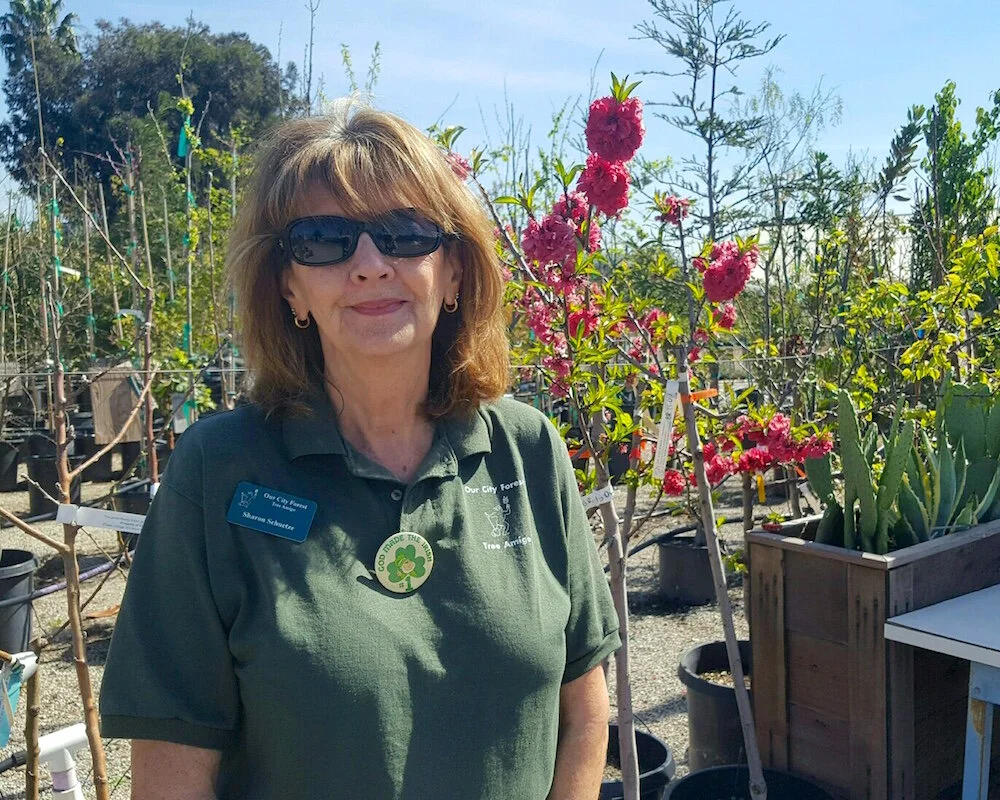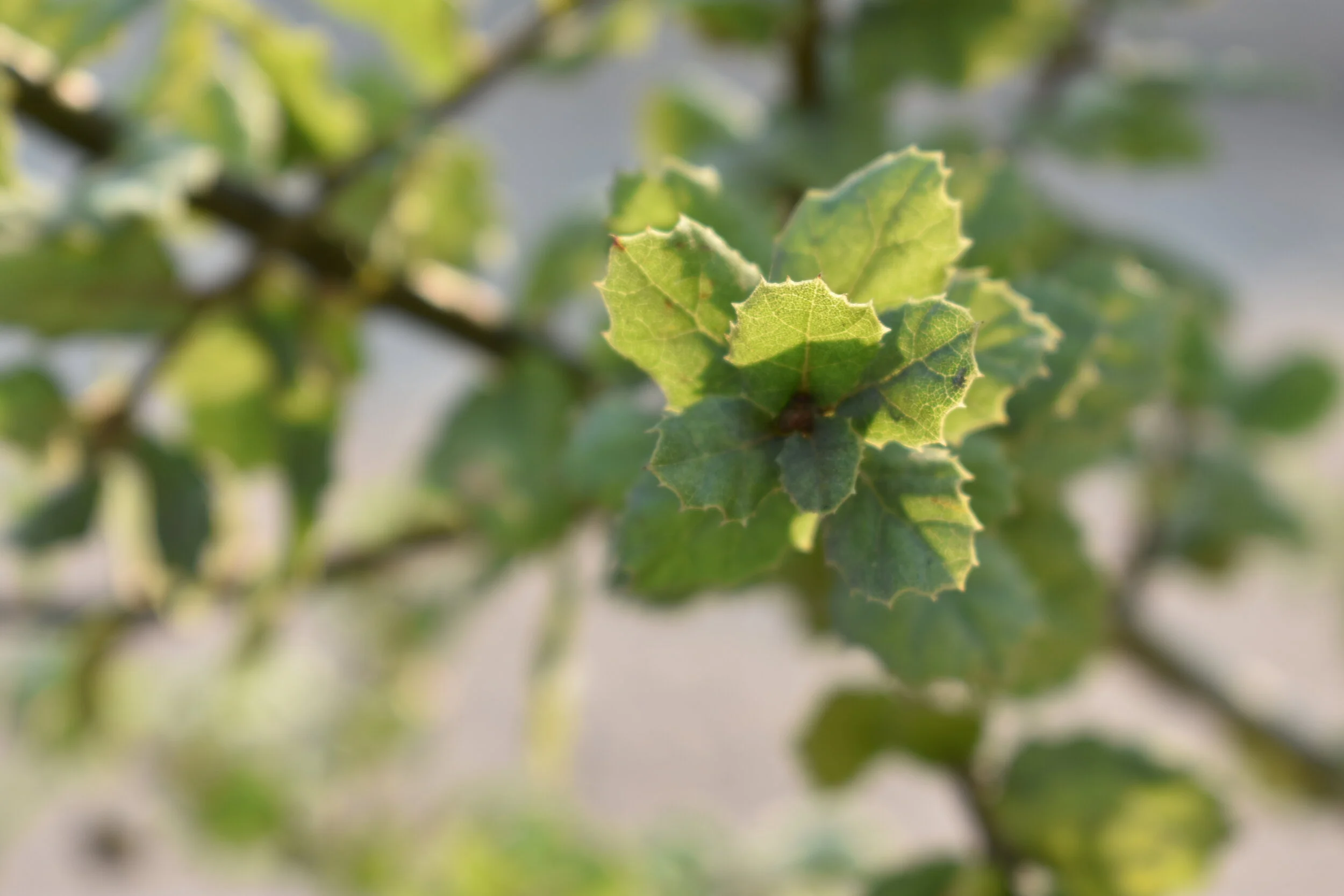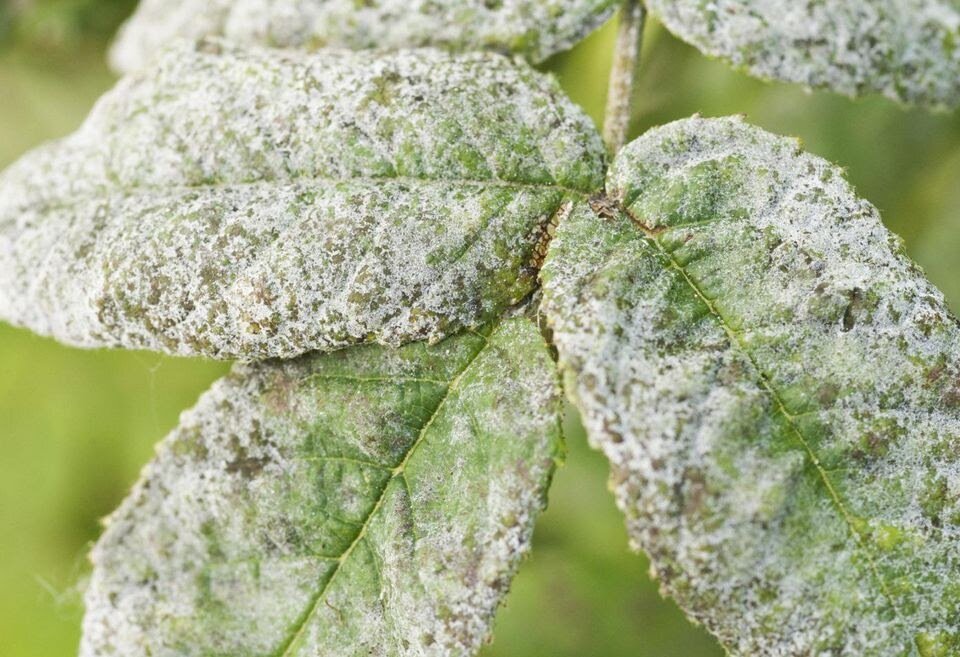Dedicated, meaningful and enduring work deserves recognition. To honor our long-time Tree Amigos, we will be sharing a four-part series of blog posts that highlight the personalities, experiences and environmental guidance of our beloved docents Sharon, Carol, Judy and Sarah!
Our first featured Amigo is Sharon.
How long have you been volunteering with Our City Forest?
I have been a Tree Amigo for seven years.
What inspired your interest in the environment and urban forestry?
I have been interested in environmental issues for many years.
What is your favorite thing to do or your favorite part about being a Tree Amigo?
I love planting trees or seedlings knowing that they will grow into beautiful things in the future with love and care. I also like disseminating information to the public about OCF and making them aware of our many wonderful services. I like being among the trees while volunteering at the nursery. It is mini "forest bathing". Helping customers while they visit the nursery is gratifying and I enjoy giving my time to a worthwhile organization.
Do you have a favorite experience or memory from your time as a Tree Amigo?
My favorite experiences are:
Seeing customers at the nursery who are so impressed and delighted with the services OCF provides.
Telling a visitor at the nursery looking for a tree but didn't want to put any effort into it - no watering, no raking of leaves, no pruning - that he should get a plastic tree!
Meeting a lot great young AmeriCorps people.
Making Valentine cards for Andy Frank!
Through OCF I had my front lawn converted through the lawn buster program. I now very much enjoy my beautiful drought tolerant landscape.
Sharon’s front yard that was transformed into a drought-tolerant landscape from our Lawnbusters Program.
What is the most important thing or things you have learned from being involved with Our City Forest?
I learned that neighborhoods with trees have less crime. (Didn't realize that before.)
What message would you want to give your community about environmental stewardship or something else you think is important?
My message to the community would be: (1) Stop buying bottled water! The bottles litter our land and oceans!; (2) Do not litter! Pick up after yourselves!; and (3) Plant a tree to clean the air and give you joy!
What is your favorite plant or tree?
I have many favorite plants: clevelandii sage. I have one in my front yard. It is beautiful and bees love it! Also, purple fountain grass, Mexican feather grass and flax. For trees, autumn fantasy maples, redbuds, pepper trees, coast live oaks and redwoods.
Thank you for all you have done to exemplify OCF's mission, Sharon!
To learn more about our Tree Amigo program and how to become one:




















